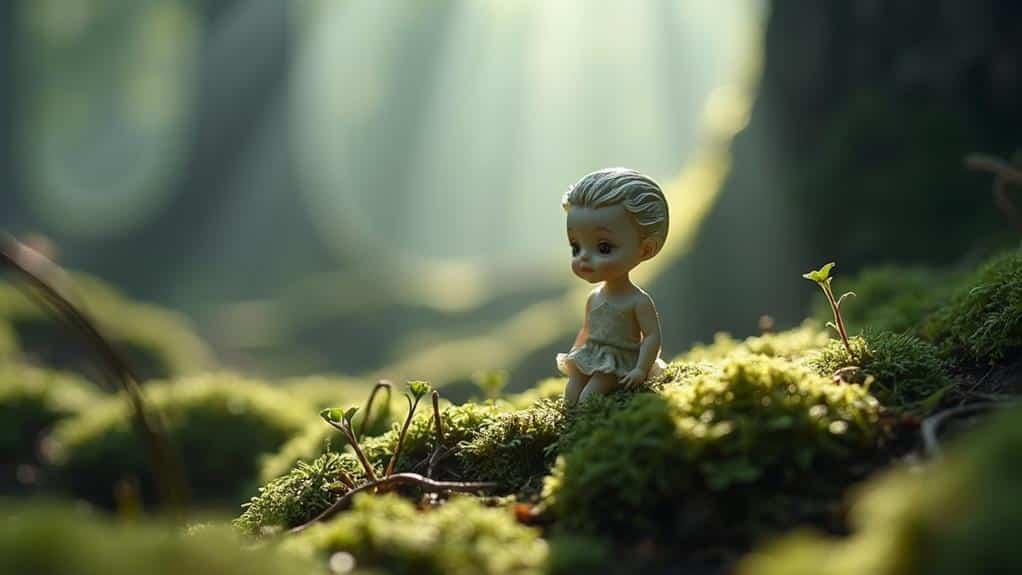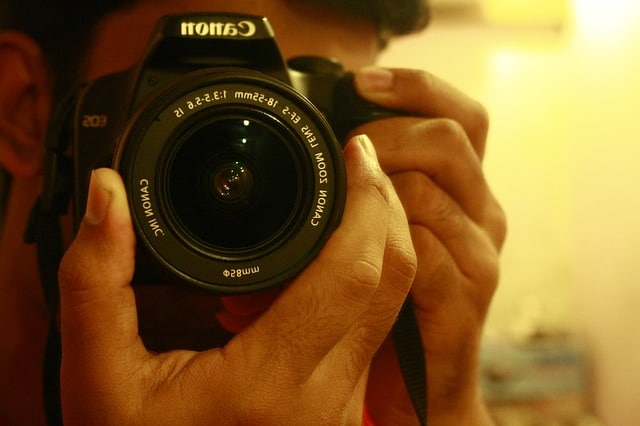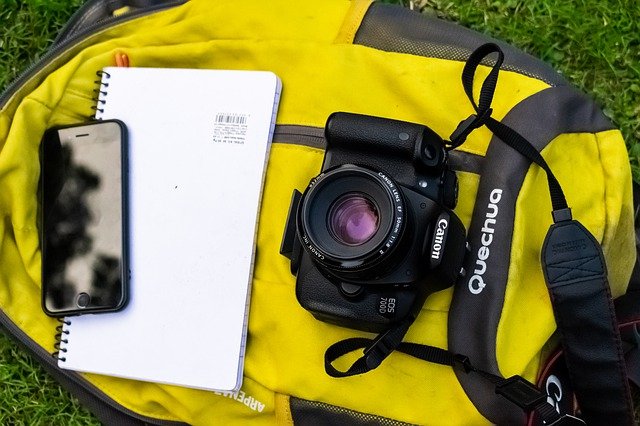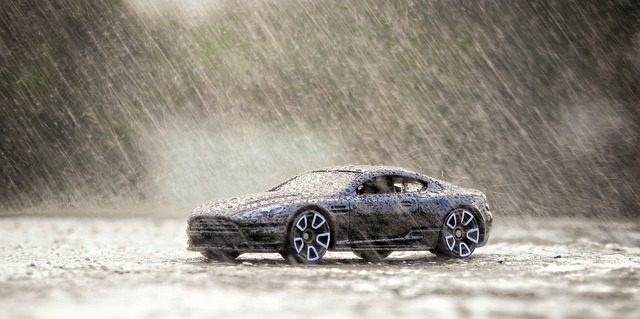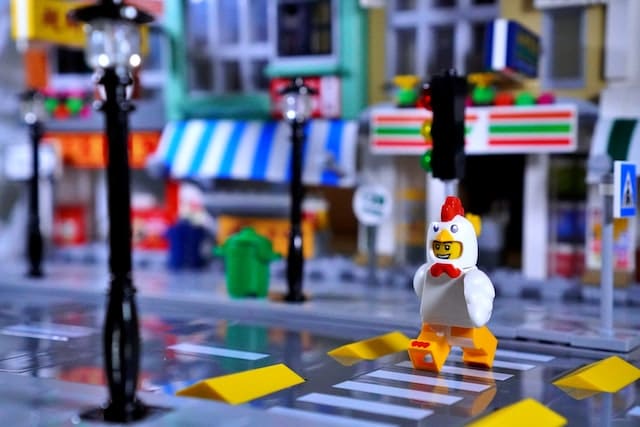You’re likely no stranger to the challenges of capturing high-quality images of your miniature figures. Harsh shadows and unflattering highlights can quickly ruin an otherwise great shot. That’s where softbox lighting comes in – a simple yet powerful solution that can elevate your photography to the next level. By providing a soft, even glow, softbox lighting helps bring out the intricate details and textures of your miniatures. But what makes softbox lighting so effective, and how can you harness its power to create stunning images that do justice to your beloved figures?
Softbox Lighting for Miniature Figures
When photographing miniature figures, you’ll often want to create soft, even lighting that brings out the intricate details of the model. You can achieve this by using softbox lighting, a type of diffused lighting that softens harsh shadows and highlights, similar to the effects achieved by the Emart Photography Table Top Light Box with its 2 built-in high output 52 LED light strips. To set up a basic softbox lighting system, you’ll need a softbox, a light source, and a stand. Position the softbox above and slightly in front of the miniature figure, ensuring the light source is at a 45-degree angle.
You’ll also need to adjust the distance between the softbox and the model to achieve the desired level of softness. Experiment with different distances and angles to find the perfect balance of highlight and shadow. Softbox lighting is particularly effective for miniature figures with complex details, such as intricate armor or accessories. By creating soft, even lighting, you can showcase these details and bring your miniature figure to life. Additionally, softbox lighting is relatively easy to set up and can be used in a variety of environments, making it a versatile and convenient option for photographing miniature figures
Types of Softbox Lighting Kits
You’ll find that softbox lighting kits come in a range of options to suit your needs and budget. To get the most out of your softbox lighting, crucially, you must experiment with different angles and perspectives, as well as consider the type of scene being created in Natural Light Photography. At the lower end, you’ve got basic softbox kit options that provide a simple, no-frills setup, while mid-range softbox kits offer more features and flexibility. If you’re looking for the ultimate in control and customization, you can opt for advanced softbox systems that provide a high level of precision and versatility When searching for the best softbox lights for photography, it’s essential to consider factors such as wattage, color temperature, and build quality. Higher wattage lights can produce brighter outputs, while a consistent color temperature ensures your images maintain a natural look. Additionally, investing in quality materials will enhance the durability of the softbox, making it a valuable tool in your photography arsenal for years to come.
Basic Softbox Kit Options
A softbox lighting kit is an essential investment for anyone looking to upgrade their lighting setup. You’ll find that a basic softbox kit is a great starting point, offering a range of options to suit your needs. When choosing a basic softbox kit, you’ll typically have two main options: a single softbox or a dual softbox setup. A single softbox is ideal for creating a simple, one-light setup, while a dual softbox setup allows for more flexibility and control over your lighting.
You’ll also need to weigh the size of your softbox. A smaller softbox, around 12-18 inches, is perfect for small to medium-sized miniature figures, while a larger softbox, around 24-36 inches, is better suited for larger figures or for creating a more dramatic lighting effect. Additionally, you’ll want to ponder the type of softbox you need, such as a collapsible or fixed softbox. A collapsible softbox is great for storing and transporting, while a fixed softbox provides a more sturdy and durable option. By pondering these factors, you can choose the perfect basic softbox kit to enhance your miniature figure photography.
Mid-Range Softbox Kits
Building on the foundation of a basic softbox kit, mid-range softbox kits offer a significant step up regarding characteristics and flexibility. You get more advanced features, such as adjustable light heads, multiple diffusion panels, and sturdier construction. This upgrade enables you to tackle more complex miniature figure photography projects with confidence.
Mid-range softbox kits cater to photographers who need more control over their lighting setup without breaking the bank. With these kits, you can experiment with various lighting styles and effects, from soft, natural-looking illumination to more dramatic, high-contrast setups.
Some notable features of mid-range softbox kits include:
- *Multiple light sources*: You can use two or more light heads to create a more dynamic lighting setup.
- *Interchangeable diffusion panels*: You can switch between different diffusion panels to alter the light’s softness and color temperature.
- *Durable construction*: Mid-range softbox kits are built to withstand regular use, with sturdier frames and better-quality materials.
Advanced Softbox Systems
High-end photography projects demand precise control over lighting, and that’s where advanced softbox systems come into play. You’re likely familiar with the basics of softbox lighting, but advanced systems take it to the next level. These kits usually include multiple softboxes, each designed for specific lighting tasks. You’ll often get a combination of large and small softboxes, allowing you to create complex lighting setups with ease.
With advanced softbox systems, you can achieve professional-grade results. You’ll have the flexibility to experiment with different lighting ratios, creating depth and dimension in your miniature figure photography. These kits also often include specialized softboxes, such as strip boxes or parabolic softboxes, which can add unique effects to your images. Advanced softbox systems require a larger investment, but the results are well worth it. You’ll be able to produce high-quality images that showcase your miniature figures in the best possible light. By investing in an advanced softbox system, you’ll take your photography to the next level and achieve the level of control and precision you need to create stunning images.
Setting Up Your Softbox Lights
When you’re ready to set up your softbox lights, start by positioning them to achieve the desired lighting effect. You want to place them in a way that creates a natural, even light on your miniature figures. Consider the direction of the light and how it will interact with your subject, keeping in mind that color temperature plays a vital role in setting the mood and aesthetic of your image. Additionally, think about the intensity of the light and how it will impact the quality of the lighting in your miniature figure photography.
To get started:
- Soften harsh shadows: Position your softbox lights to soften harsh shadows that can add unwanted depth to your miniature figures.
- Reduce hotspots: Adjust the softbox lights to reduce hotspots that can create unflattering highlights on your subject.
- Create depth: Experiment with different lighting setups to create depth and dimension in your images
Softbox Lighting for Small Scenes
Often, small scenes require more precise lighting to capture the intricate details of your miniature figures. You’re working with a smaller scale, so every aspect of the lighting is magnified. Softbox lighting is ideal for small scenes because it provides a soft, even light that won’t create harsh shadows or highlights. This allows you to capture the textures, colors, and details of your miniature figures without any distractions. For example, pairing softbox lighting with a macro lens like the Canon EF 100mm f/2.8L IS USM Macro Lens capturing intricate details can help you achieve stunning clarity in your images. Additionally, using a portable LED light panel can also help control lighting in dimly lit environments.
When using softbox lighting for small scenes, you can position the lights closer to your subject to create a more intimate atmosphere. You can also experiment with different softbox sizes to achieve the desired effect. A smaller softbox can provide a more focused light, while a larger one can create a softer, more diffused light. By adjusting the size and position of your softbox lights, you can create a customized lighting setup that enhances the unique aspects of your small scene. This level of control is essential for capturing high-quality images of your miniature figures
Creating Dramatic Lighting Effects
As you master the art of softbox lighting for small scenes, you can take your skills to the next level by experimenting with dramatic lighting effects. By manipulating light and shadow, you can create moody, atmospheric, and highly engaging images that draw your viewer’s attention.
You can achieve dramatic effects by adjusting the positioning, intensity, and color temperature of your softbox lights. Experiment with side lighting, backlighting, or rim lighting to add depth and dimension to your miniature scenes.
To create dramatic lighting effects, focus on:
- Playing with contrasts: Use strong light sources to create deep shadows, adding volume and texture to your miniatures.
- Experimenting with color: Use colored gels or filters to create warm or cool tones, enhancing the mood and atmosphere of your scene.
- Controlling light spill: Use flags or light-blocking tools to control the spread of light, creating more focused and intentional lighting effects. By mastering these techniques, you’ll be able to craft images with increased emotional impact and visual interest.
Softbox Vs Natural Light Comparison
Comparing softbox lighting to natural light reveals some striking differences that can profoundly impact your miniature photography. When you use natural light, you’re at the mercy of the sun’s position and intensity, which can result in harsh shadows and unflattering light. Softbox lighting, on the other hand, provides a soft, even glow that wraps around your miniature figures, reducing harsh shadows and accentuating details.
With softbox lighting, you’re in control of the light‘s direction, intensity, and color temperature, allowing you to tailor the lighting to your subject’s specific needs. Natural light, while often abundant, can be unpredictable and difficult to work with, especially when shooting indoors or in low-light environments. Softbox lighting also allows you to create a consistent look across multiple shots, which is essential for showcasing a collection of miniature figures or creating a cohesive visual narrative. By switching to softbox lighting, you’ll gain the flexibility and control you need to elevate your miniature photography to the next level.
Tips for Softbox Lighting Beginners
When starting out with softbox lighting, vitally, you must understand the basics of how to set up and position your lights. You don’t want to spend hours fiddling with your equipment only to end up with subpar results. To avoid this, take some time to learn about the different types of softboxes, their sizes, and how to position them to achieve the desired effect.
- Experiment with different softbox sizes: A larger softbox will produce a softer, more even light, while a smaller one will create a more focused beam.
- Pay attention to the distance: The closer the softbox is to your miniature figure, the more intense the light will be.
- Adjust the angle: Don’t be afraid to experiment with different angles to find the one that works best for your shot.
At a Glance
You’ve seen the impact softbox lighting can have on your miniature figure photography. By investing in a softbox lighting kit, you’ll gain control over lighting effects, reduce harsh shadows, and bring out intricate details. You’ll create stunning, high-quality images that showcase your miniature collections with emotional impact. Take the next step and experiment with softbox lighting – your miniature figure photography will thank you. With practice, you’ll tap into new levels of creativity and visual interest.

